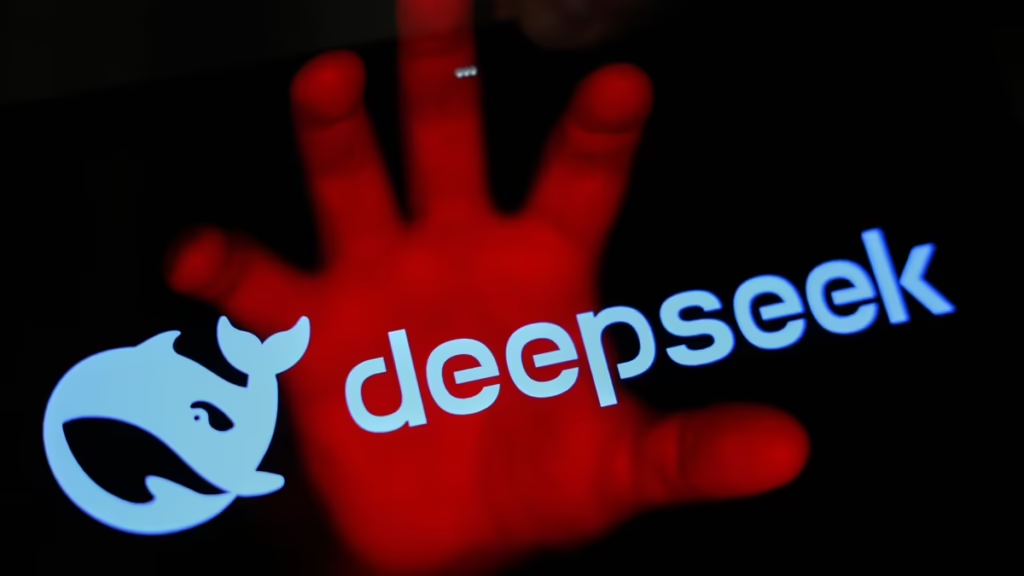In an era where artificial intelligence (AI) is touted as the future of global technological dominance, the United States has prided itself on maintaining a significant lead in AI development. This belief was recently reinforced when Donald Trump, in a grand display of confidence, announced the launch of the Stargate Initiative—a $500 billion government-backed investment aimed at securing U.S. supremacy in AI and related infrastructure.
Yet, within days of this announcement, an unexpected challenge emerged. DeepSeek, a previously obscure Chinese AI company, unveiled a large language model (LLM) that has not only matched but in some cases outperformed leading U.S. AI systems. The revelation that a Chinese firm, operating under stringent U.S. trade sanctions, could develop cutting-edge AI with only a fraction of the resources available to American tech giants has sent shockwaves through financial markets and the broader technology sector.
This development has laid bare the fragility of U.S. technological dominance and raised profound questions about the sustainability of the AI bubble. If China can develop high-performance AI on older, less advanced chips, then the entire U.S. strategy of blocking high-tech exports to China may have been a miscalculation—one that has forced China to innovate in ways that now threaten U.S. industry.
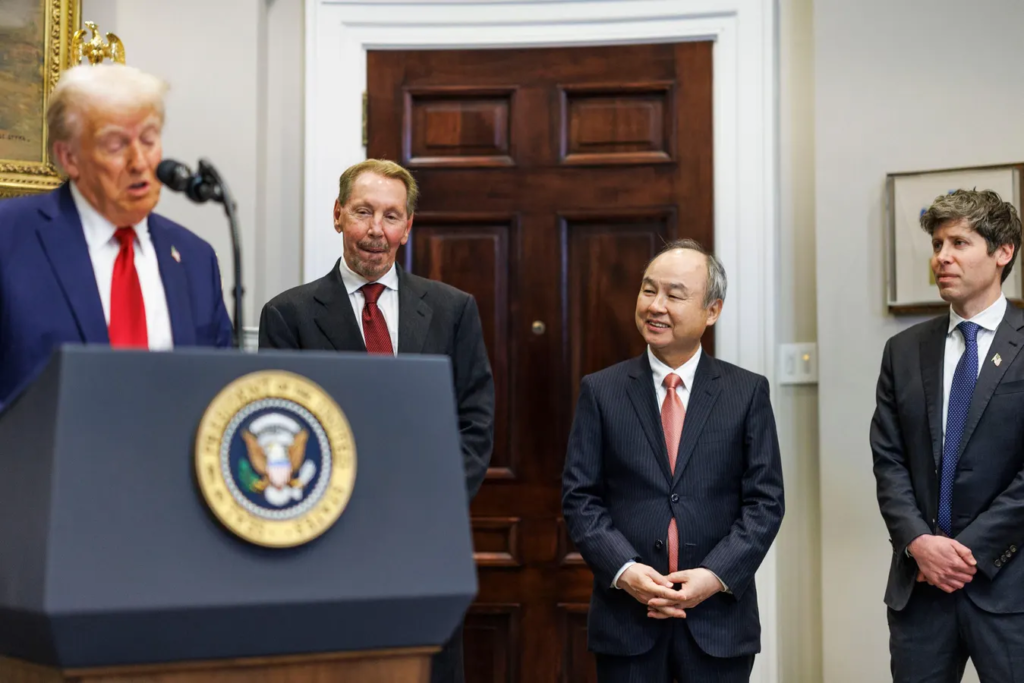
Trump’s AI Gamble and Its Unraveling
The Stargate Initiative was meant to signal an era of American AI dominance. Unlike previous government AI projects, which spread funding across multiple firms, Stargate was built around a single company: OpenAI. The government’s decision to bet exclusively on OpenAI, excluding major tech firms such as Google and Meta, was controversial from the outset.
However, OpenAI’s business model is already showing cracks. Despite widespread adoption, OpenAI has struggled to turn a profit. It has openly admitted that its ChatGPT Pro service, which costs $200 per month, loses money on every subscription. While ChatGPT has been widely used, its profitability remains elusive. Many AI services are free or heavily subsidized, and companies have yet to find a viable path to sustained monetization.
The Financial Times recently pointed out that ten tech companies now account for almost 40% of the S&P 500 index—an unprecedented concentration of financial power. Among them, AI firms such as Nvidia, Google, and OpenAI dominate investor interest. This trend, reminiscent of previous speculative bubbles, suggests that much of the AI boom is driven by hype rather than proven business models.
Then came the DeepSeek shock. Unlike OpenAI, which has relied on cutting-edge microprocessors and billions in funding, DeepSeek reportedly developed its model on a budget of just $6 million—a minuscule amount compared to the billions invested in U.S. firms. The fact that a Chinese company, under U.S. trade restrictions, could achieve this level of advancement has undermined the assumptions that U.S. policymakers and tech executives had about AI development.
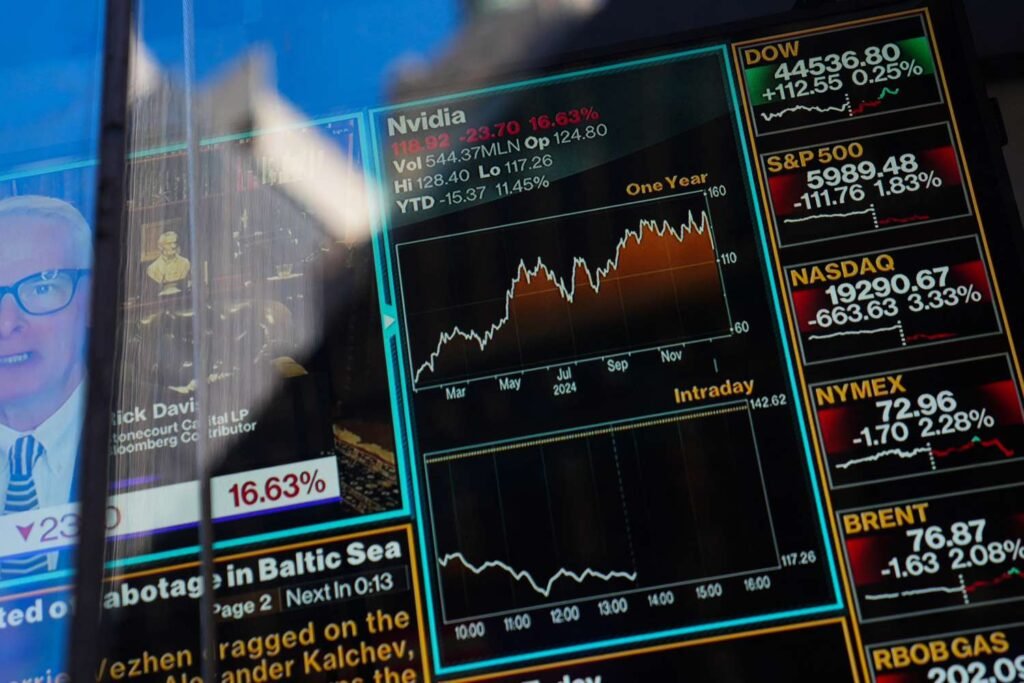
The Market Fallout: A $1 Trillion Wipeout
News of DeepSeek’s breakthrough sent immediate ripples through financial markets. The U.S. stock market experienced one of its most severe single-day losses, with nearly $1 trillion in market value wiped out. The hardest-hit companies were those most deeply invested in AI:
• Nvidia suffered a record-breaking $600 billion loss, the largest single-day decline in U.S. stock market history.
• Oracle, a key partner in the Stargate Initiative, saw its CEO’s net worth drop by $27.6 billion in a matter of hours.
• Even Microsoft, which has invested heavily in OpenAI, experienced sharp declines.
This panic was exacerbated by the realization that DeepSeek was not alone. Other Chinese firms—Bytedance (the parent company of TikTok), Alibaba, Moonshot, and Zhipu—have all announced LLM breakthroughs in recent months, signaling that China’s AI industry is far more advanced than previously thought.
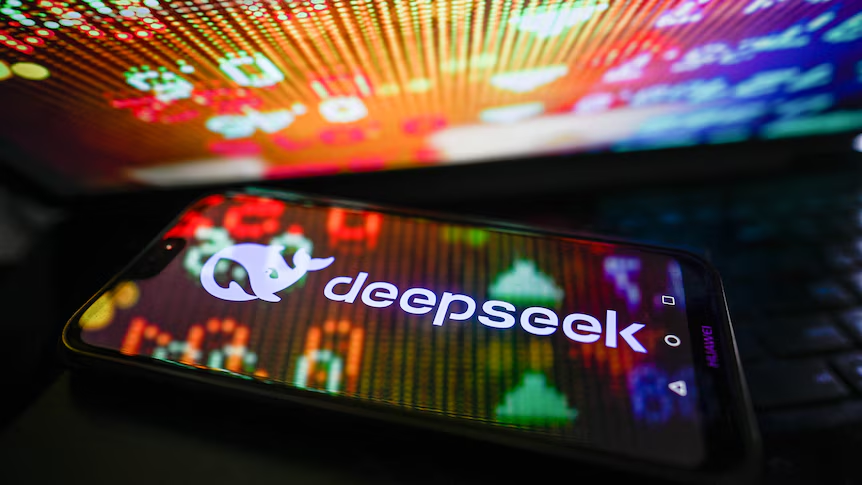
For investors, the big question now is: Are the hundreds of billions of dollars allocated to AI research in the U.S. still justified? Or has China just demonstrated that the entire model is unsustainable?
The Failure of U.S. Protectionism
The Biden administration’s CHIPS Act of 2022 was designed to cripple China’s AI industry by blocking access to the most advanced semiconductors. The logic was simple: without high-end chips, China would struggle to develop next-generation AI.
Yet, this strategy appears to have backfired spectacularly. Instead of crippling Chinese AI, the restrictions forced Chinese companies to innovate with lower-cost, energy-efficient chips. Not only did China manage to catch up to U.S. firms, but it may have discovered a way to develop AI that is cheaper and more scalable than anything produced in the West.
Adding to the U.S.’s woes, DeepSeek has already made its technology open-source, allowing companies and researchers worldwide to access and build upon it. This undermines OpenAI’s position as the industry leader and threatens to democratize AI development in a way that U.S. firms are unprepared to counter.
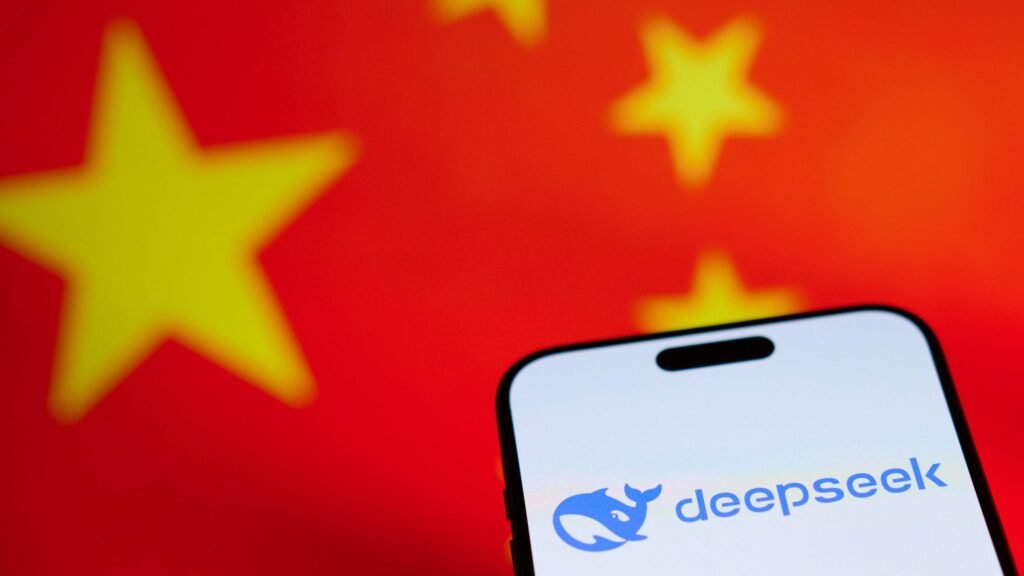

A Hollow Hype Cycle? The Economic Viability of AI
The AI industry’s biggest challenge is not just competition from China but the uncertain economics of AI itself.
While AI technology holds significant potential in fields such as medicine, translation, and automation, its most visible application—large language models (LLMs) like ChatGPT—remains an open question.
Despite years of hype, the business case for LLMs is still unclear:
- AI chatbots are resource-intensive and expensive to maintain.
- Free services are widely used, but monetization remains elusive.
- Many industries still struggle to integrate LLMs into their workflows in a way that generates sustainable revenue.
Even before DeepSeek’s arrival, many analysts questioned whether AI investment was becoming another tech bubble, similar to the dot-com crash of the early 2000s. Now, those concerns have been amplified. If cheaper, more efficient AI models become widely available, then the massive spending commitments made by the U.S. government and Silicon Valley firms may prove to be wasteful and unsustainable.
Trump’s Response and the Road Ahead
Faced with this challenge, Trump’s administration is likely to escalate trade and tech restrictions. The most immediate response could be a ban on DeepSeek’s AI models in the U.S., similar to previous attempts to ban Chinese tech platforms such as TikTok and Huawei.
However, banning DeepSeek may not be enough. The AI knowledge base is now global, and China has already leapfrogged many of the traditional barriers that U.S. policymakers thought were insurmountable. The failure of the CHIPS Act suggests that further trade restrictions could have the opposite effect, spurring even more innovation and self-sufficiency in China’s AI sector.
More broadly, the U.S. is now facing a fundamental reassessment of its technological strategy. If AI can be developed without the need for expensive, cutting-edge chips, then the entire U.S. semiconductor industry—once thought to be a key pillar of national security—is at risk of losing relevance.
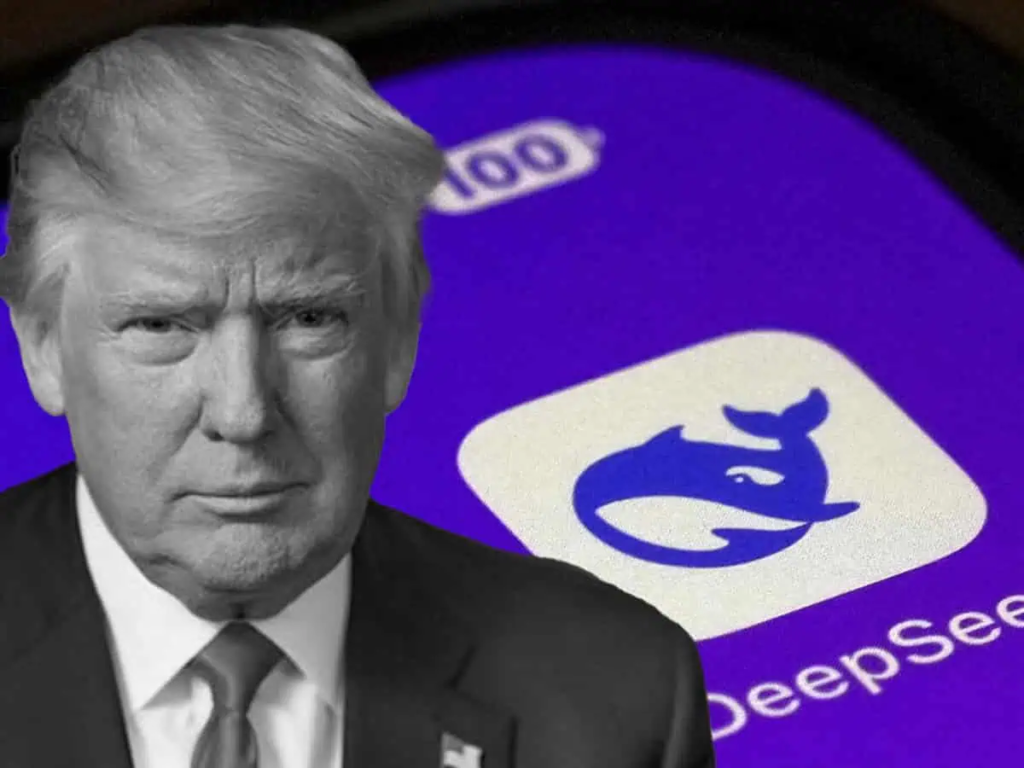
The coming months will determine whether Trump’s Stargate Initiative can recover from this shock, or whether the U.S. is destined to lose its technological edge to China’s rapidly evolving AI industry.
The Collapse of AI Exceptionalism?
The emergence of DeepSeek and other Chinese AI firms marks a turning point in the global tech race. For years, the U.S. believed that its technological supremacy was unchallengeable. That illusion has now been shattered.
If China’s AI sector continues to grow without access to U.S. chips, then the AI industry’s biggest assumptions—about costs, efficiency, and global competition—will need to be rewritten.
In the end, this moment may not just be a setback for Trump’s Stargate Initiative—it may be the moment when the myth of unchallenged U.S. tech supremacy finally crumbles.
